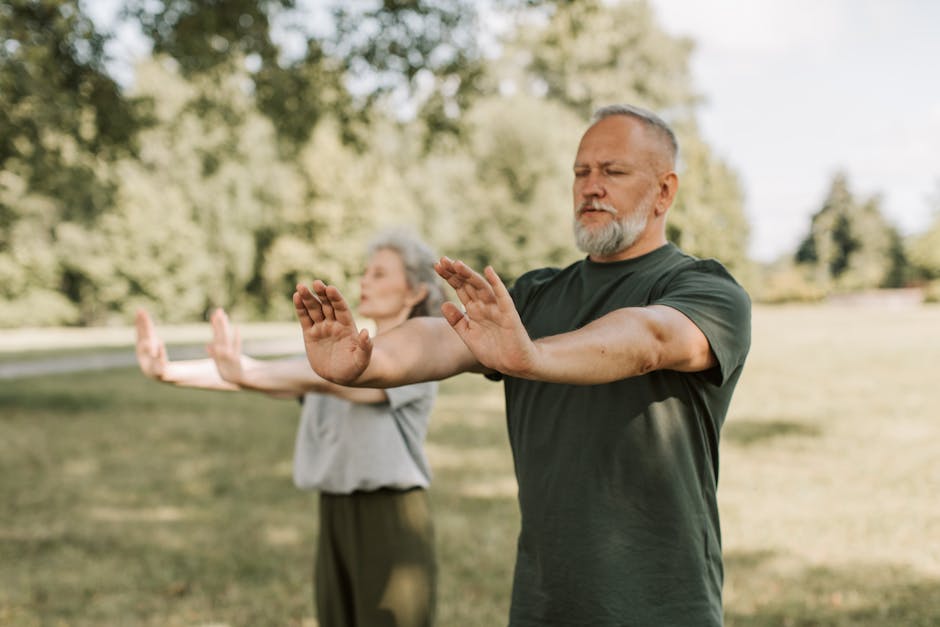Achieving Harmony Through Tai Chi and Qigong
When life feels like a whirlwind of responsibilities and noise, finding a sense of balance can seem elusive. That’s where practices like Tai Chi and Qigong step in, offering something far more profound than just exercise. They are disciplines that blend physical movement, mental focus, and breath control to cultivate harmony within yourself and with your surroundings.
Understanding Tai Chi and Qigong: A Brief Overview
While they share some similarities, Tai Chi and Qigong are distinct in their origins and methods. Tai Chi, often described as “meditation in motion,” originates from ancient Chinese martial arts. Its flowing movements are practiced in slow sequences, designed to improve strength, flexibility, and coordination while also promoting relaxation.
Qigong, on the other hand, focuses on cultivating "Qi" or life energy. This practice combines breathing techniques, gentle movements, and mindfulness to support health and well-being. Think of it as a toolbox for nourishing both body and mind. While Tai Chi has roots in self-defense traditions, Qigong leans more into energy cultivation for healing and balance.
If you're new to these practices, imagine them as cousins, similar yet unique. While Tai Chi may feel like choreographing a graceful dance routine, Qigong is akin to standing quietly in nature, tuning into the subtleties of your body’s rhythm.
The Science Behind the Serenity
It’s not just anecdotal evidence that speaks to the benefits of Tai Chi and Qigong. Numerous studies back up their effectiveness in promoting physical and mental health. According to research published in the Journal of the American Medical Association (JAMA), Tai Chi can improve balance and reduce the risk of falls among older adults by up to 43%. This is significant when you consider how balance issues can lead to serious injuries later in life.
Another study highlighted in Frontiers in Psychiatry explored how Qigong supports mental health. Participants reported reduced anxiety levels, improved mood, and better coping mechanisms after consistent practice. The slow movements combined with deep breathing techniques appear to have a calming effect on the nervous system.
What’s particularly exciting is that these benefits are not limited by age or fitness level. Whether you’re an athlete looking for recovery tools or someone seeking relief from chronic stress or illness, there’s space for everyone within these practices.

Practical Benefits You’ll Notice Quickly
You might be wondering what tangible differences you can expect after starting Tai Chi or Qigong. While long-term benefits like better posture and enhanced immunity build over time, some changes become noticeable quite quickly:
- Improved Focus: The deliberate pacing of movements requires you to stay present. This mindfulness aspect spills over into your daily life, making it easier to handle distractions or stressors.
- Relaxation Without Lethargy: Unlike activities that exhaust you physically or mentally, these practices leave you feeling refreshed rather than drained.
- Better Sleep: Many practitioners report falling asleep more easily and enjoying deeper rest after incorporating these exercises into their routines.
- A Gentler Way to Stay Active: For those who find high-impact workouts daunting or uncomfortable due to joint pain or mobility issues, Tai Chi and Qigong offer a kinder alternative that still promotes strength and flexibility.
Incorporating Tai Chi and Qigong Into Your Life
Making time for new habits often feels like a challenge. But here's the beauty of these practices, they don’t require elaborate setups or expensive equipment. A quiet corner of your living room or a small patch of grass at your local park is enough.
If you're short on time during busy weekdays, even ten minutes can make a difference. Start with foundational exercises like “wave hands like clouds” in Tai Chi or simple standing postures in Qigong that focus on breathing deeply and moving gently. Gradually extend your practice as it becomes part of your routine.
Need guidance? Community centers often host free or low-cost classes taught by experienced instructors. Alternatively, online platforms offer accessible tutorials for beginners, just ensure the source is reputable before diving in. Platforms like Tai Chi for Health Institute provide excellent resources for safe learning.
A Lesson From Nature: Patience Yields Results
Tai Chi and Qigong teach us a lesson about patience, a quality often forgotten in our fast-paced lives. These aren’t quick fixes; they’re gradual but deeply rewarding journeys toward better health and inner peace. Much like planting a tree that takes years to grow but offers shade for decades, practicing consistently will yield benefits that ripple through every aspect of your life.
Remember the old saying: “The best time to plant a tree was 20 years ago; the second-best time is now.” Why not start today? Whether you’re aiming for better balance, reduced stress, or just some quiet moments amid life’s chaos, these ancient practices hold timeless wisdom waiting to be discovered.